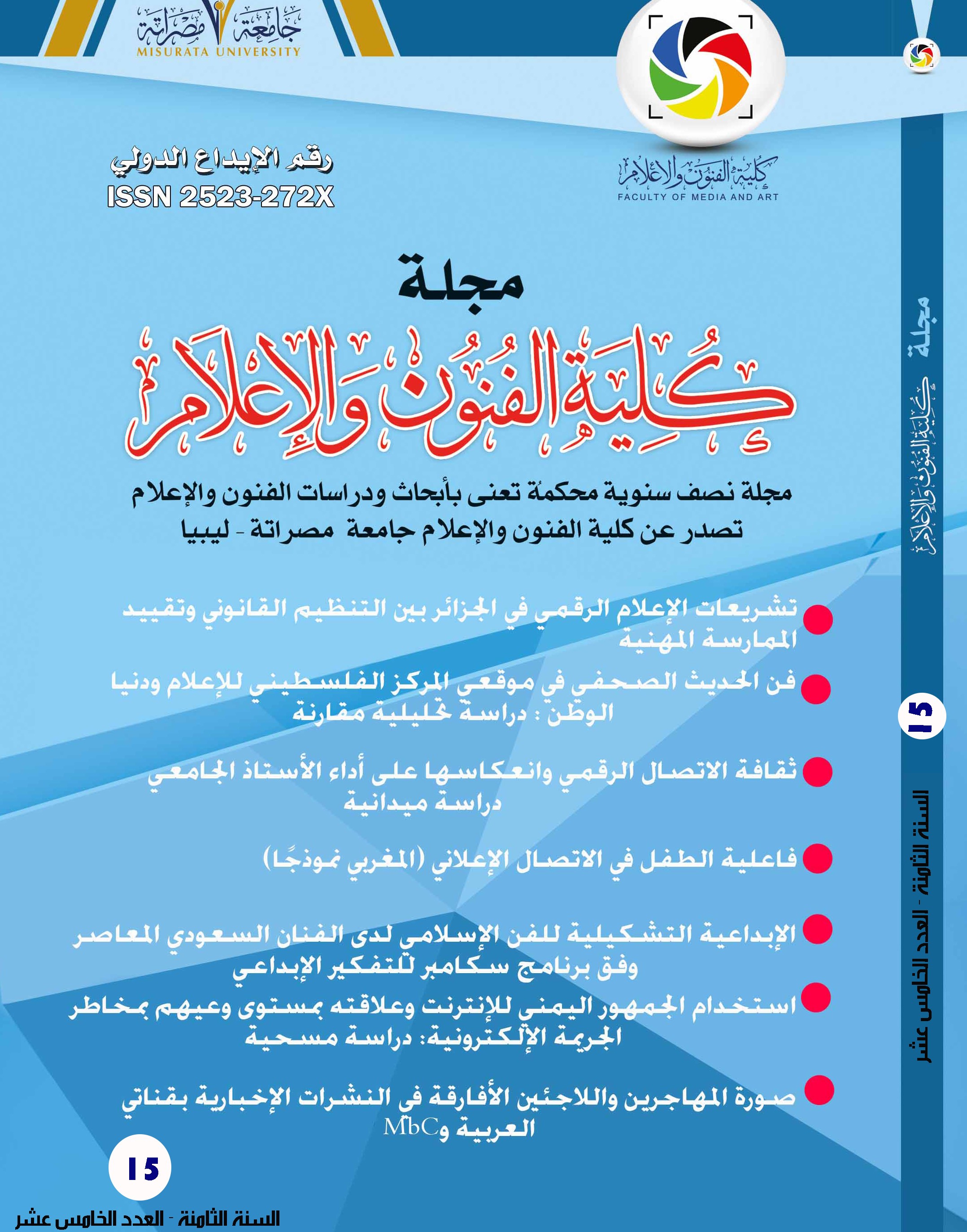Intervention strategies for rehabilitation of the architectural heritage in red saraya district
DOI:
https://doi.org/10.36602/famj.2023.15.9Keywords:
Rehabilitation, Intervention Strategies, Red Saraya; Tripoli; Libya.Abstract
Rehabilitation of the architectural heritages refers to the intervention of the structures that are implemented on historical and heritage structure in order to preserve their existing elements and utilize their spaces in a way that protects their historical and cultural values and convey them. In this article, Red Saraya/ Tripoli Castle in Tripoli is selected as case study in order to propose rehabilitation strategies for the historical buildings which suffered with damages. In the literature review, the current rehabilitation strategies and techniques are discussed. In the case study, the dangers and risks facing the rehabilitation plan are reviewed from different perspectives. In the conclusion, rehabilitation strategies for the Red Saraya / Tripoli Castle are discussed with five main objectives to preserve the structures; achieve a historical landmark, attract tourism, attract financial income, study and define the archeological eras that formed the existing structures.
References
[1] M. R. Pinto, S. De Medici, C. Senia, K. Fannricatti and P. De Toro, “Building reuse: multi-criteria assessment for compatible design,” International Journal of Design Sciences and Technology, vol. 22, no. 2, pp. 165-193, 2017.
[2] G. Campagnol, “Industrial Archaeology and Brazilian Industrial Heritage,” Preservation Education and Research, vol. 4, pp. 116-133, 2011.
[3] Heritage Council, “New Uses for Heritage Places: Guidlines for the Adaption of Historic Buildings and Sites,” Heritage Council of New South Wales, Parramatta, 2008.
[4] G. Ragheb, A. A. Ragheb and R. A. Ragheb, “Adaptive Re-Use and Sustainable Development for Existing Historic Buildings – Case Study: Buildings of Racetrack Horses in Sporting Club, Alexandria, Egypt,” International Journal of Current Engineering and Technology, vol. 7, no. 4, pp. 1523-1530, 2017.
[5] M. F. Hein and K. D. Houck, “Construction Challenges of Adaptive Reuse of Historical Buildings in Europe,” International Journal of Construction Education and Research, vol. 4, pp. 115-131, 2008.
[6] J. Jokilehto, A Hitory of Architectural Conservation: The contribution of English, French, German and Italian Thought towards an International Approach to the Conservation of Cultural Property (PhD Thesis), England: The Univerity of York, 1986.
[7] N. Stanley-Price, “The Reconstruction of Ruins: Principles and Practice,” Conservation: Principles, Dilemmas and Uncomfortable Truths, pp. 32-46, 2009.
[8] S. Sandbhor and R. Botre, “A Systematic Approach towards Restoration of Heritage Buildings - A Case Study,” International Journal of Research in Engineering and Technology, vol. 2, no. 3, pp. 229-238, 2013.
[9] E. H. K. Yung, E. H. W. Chan and Y. Xu, “Community-initiated adaptive reuse of historic buildings and sustainable development in the inner city of Shanghai,” Journal of urban Planning and Development, 2013.
[10] M. J. Thaheem and A. De Marco, “Sustainable Repair & Maintenance of Buildings in the Developing Countries: A Risk Management Perspective and Proposal of Customized Framework,” Journal of Civil Engineering and Architectural Research, vol. 1, no. 1, pp. 14-23, 2014.
[11] R. Arvind, “Investigation of Cracks in Buildings,” in Forensic Structural Engineering, VIT Chennai, 2016.
[12] K. Kunal and N. Killemsetty, “Study on control of cracks in a Structure through Visual Identification & Inspection,” Journal of Mechanical and Civil Engineering, vol. 11, no. 5, pp. 64-72, 2014.
[13] B. Azlitni, “The Libyan architectural features between tradition and modernization,” International Journal for Housing Science, vol. 33, no. 3, pp. 137-148, 2009.
[14] S. R. Subramaniam, “A Review on Repair and Rehabilitation of Heritage Buildings,” International Research Journal of Engineering and Technology, vol. 3, no. 4, pp. 1330-1336, 2016.
[15] H. R. Mulani and M. B. Kumthekar, “Special Materials for Rehabilitation of Monuments,” International Journal of Engineering Research and Technology, vol. 4, no. 4, pp. 264-267, 2015.
[16] V. Kutut, E. K. Zavadskas and M. Lazauskas, “Assessment of Priority Options for Preservation of Historic City Centre Buildings Using MCDM (ARAS),” Procedia Engineering, vol. 57, pp. 657-661, 2013.
[17] M. G. Coteli, “Renewal and Rehabilitation Projects of Historic Town of Tavlusun,” MEGARON, vol. 11, no. 4, pp. 551-564, 2016.











